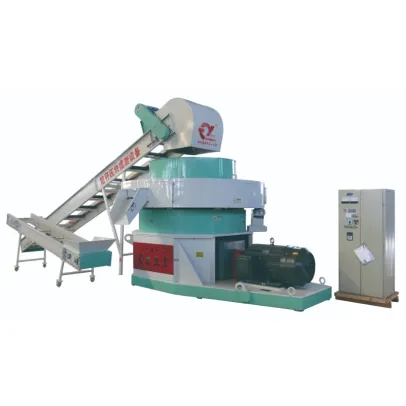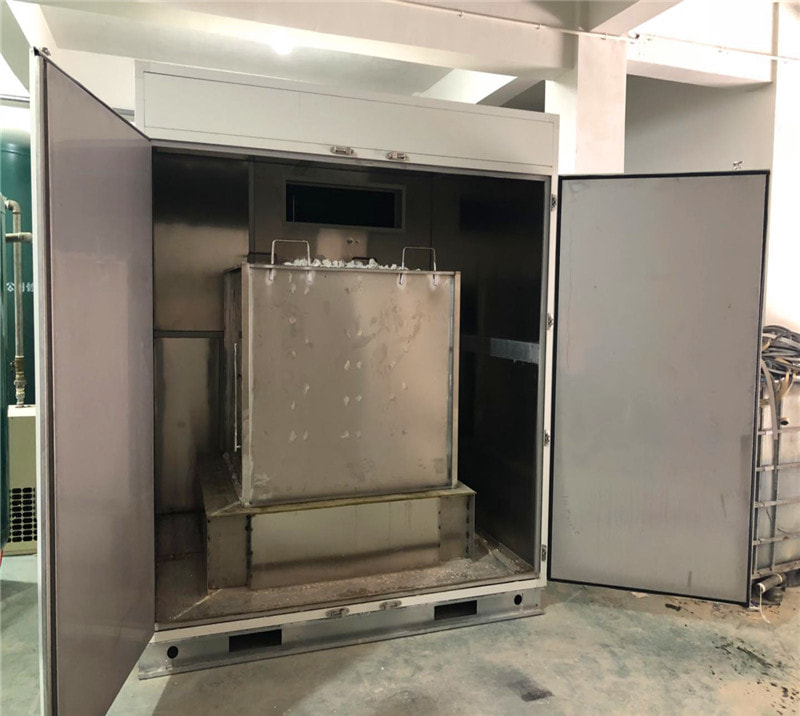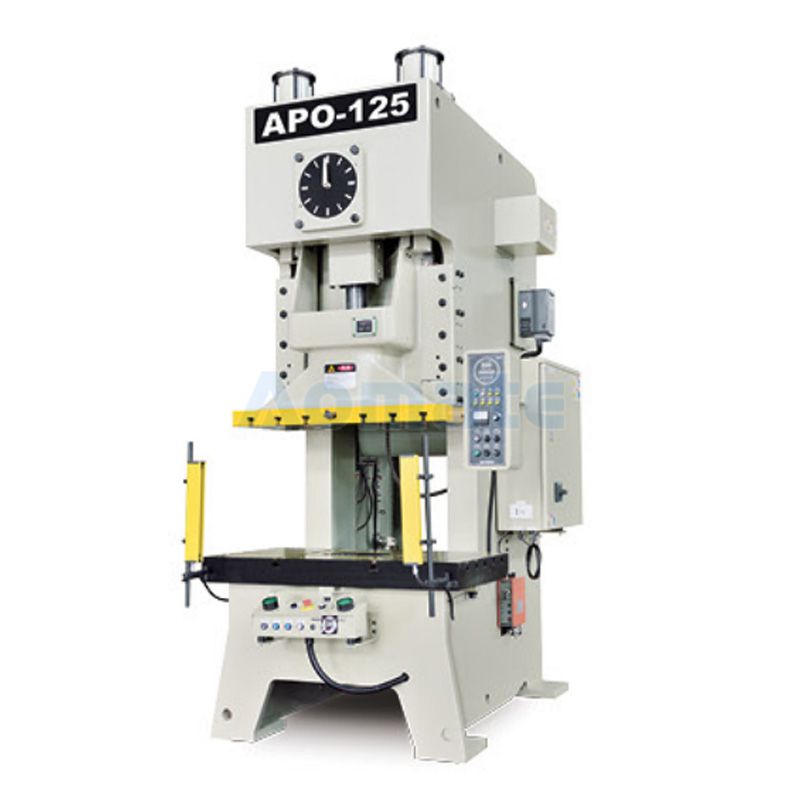How to Choose a Biomass Briquette Machine?
When selecting a biomass briquette machine, consider the following aspects:
1. Appearance Quality of the Biomass Briquette Machine:
- The paint should be evenly and firmly applied, with no instances of peeling, dripping, or detachment.
- Chrome-plated parts should be secure, smooth, and free from rust or peeling.
- Stainless steel components should have a smooth surface, without dents or scratches, and should be uniformly polished.
2. Tightening Check:
- Apart from checking the fastening between the machine body and the base, as well as between the motor (or diesel engine) and the base, pay particular attention to the tightening bolts of the ring die briquette machine’s template.
- Inspect the fastening condition of the press roller bracket and the press roller.
3. Gap Adjustment Between Molds and Roller Walls:
- After confirming that there are no foreign objects between the mask and the ring mold, manually rotate the ring mold.
- The main shaft should rotate smoothly without any sticking or friction sounds.
4. Repeatedly Open and Close the Ring-Shaped Pressing Chamber Door:
- Ensure the biomass briquette machine opens and closes easily and seals tightly.
- Pay special attention to the reliability of the seal and locking of the ring die pressure chamber and the powder feeding auger joint.
- The general requirements are accurate feeding, firm locking, and no powder leakage.
Further reading:Machinery
Refinery Machines: Key Innovations Reshaping Oil Production
How Commercial Brewing Systems Transform Local Economies?
How to Choose the Best Famous Industrial Screw Press?
How Does an Eco-Friendly Packaging Machine Work?
Unlocking Efficiency: The Perfect XPS Foam Board Machine Guide
How Does Effective Communication Improve Team Collaboration?
- After locking the chamber door, observe the sealing condition of the door seam from the side.
- If there are any leaks, adjust the chamber door hinges and fix them with bolts to effectively prevent powder leakage.

5. Safety Check:
- Regardless of the transmission method, all models of pellet machines must have dedicated protective covers for their transmission components such as pulleys, drive shafts, and flanges.
- These protective covers should be securely installed to ensure the operator’s safety.
6. Test Inspection:
- During the no-load operation of the biomass briquette machine, there should be no irregular vibrations, gear collisions, or friction between the feed auger and the mixing shaft.
- After the no-load trial run of the biomass briquette machine is normal, a load test run can be conducted.
- Inject powder into the auger, add an appropriate amount of powder, and observe the main shaft motor current readings to ensure the machine operates in a medium load state.
7. Product Inspection:
- The particles produced by the biomass briquette machine should have a smooth surface, neat cross-sections, and no cracks.
- They should possess a certain surface hardness, making them difficult to crush by hand, and the finished product specifications should be uniform.
- The pass rate of finished pellet products should not be lower than 95%.
This comprehensive guide ensures that when choosing a biomass briquette machine, you can select a high-quality, reliable, and efficient model that meets all safety and performance standards.
The Benefits of Using Quality Comments for Brazed Plate Heat Exchangers
**How Does an Electromagnetic Roasting Machine Work?**
How Does Electromagnetic Roasting Compare to Traditional Methods?
Top Gypsum Powder Grinding Plant Machinery in 2024
Essential Machinery for Gypsum Powder Grinding Plants
The Benefits of Understanding the Difference Between a Steam Boiler and a Hot Water Boiler
How to Choose: What is the Difference Between a Steam Boiler and a Hot Water Boiler?
Previous
None
Next
None
Related Articles
If you are interested in sending in a Guest Blogger Submission,welcome to write for us!









Comments
0